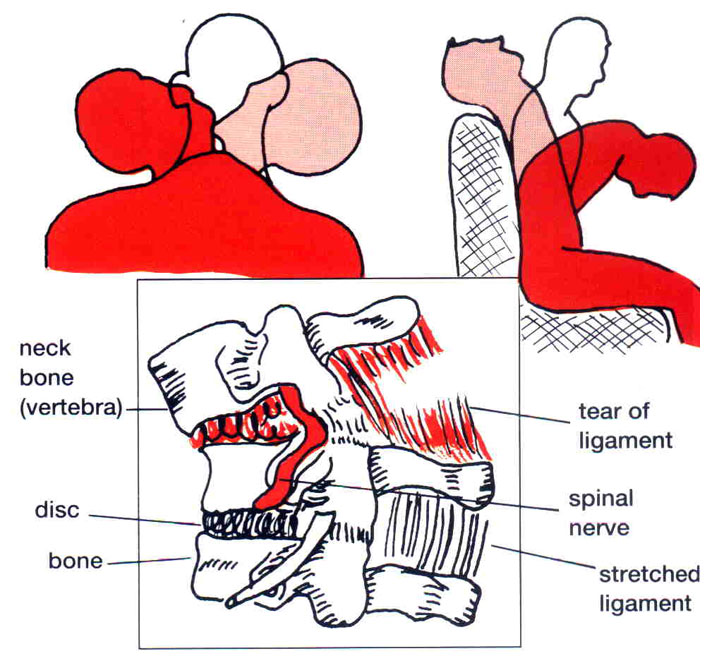
ScienceDaily (Mar. 9, 2011) — Implanting electrodes into a pea-sized part of the brain can dramatically improve life for people with severe cervical dystonia — a rare but extremely debilitating condition that causes painful, twisting neck muscle spasms — according to the results of a pilot study led by Jill Ostrem, MD and Philip Starr, MD PhD at the University of California, San Francisco.
Today, people with cervical dystonia can be treated with medications or injections of botulinum toxin (e.g., Botox®), which interrupt signals from the brain that cause these spasms. However, those treatments do not provide adequate relief for all patients.
Over the last decade, doctors at UCSF and elsewhere have turned to a technique called deep brain stimulation to help people with debilitating dystonia. also used to treat Parkinson’s disease and the neurological disorder essential tremor, the technique is like putting a pacemaker inside a heart patient’s chest — except that deep brain stimulation requires a neurosurgeon to implant electrodes inside the brain.
Scientists are not sure exactly why deep brain stimulation works. the electrodes deliver electric current to tiny parts of the brain, likely altering abnormal brain circuitry and alleviating symptoms by overriding the signals coming from those parts of the brain.
Traditionally doctors have treated cervical dystonia with deep brain stimulation by targeting a brain nucleus known as the "globus pallidus internus." Reporting in the journal Neurology, the UCSF team described the results of the first detailed clinical study looking at deep brain stimulation targeting a completely different part of the brain: the "subthalamic nucleus."
"This target is very widely used for Parkinson’s disease but not widely used for dystonia," said Starr, a professor of neurological surgery at UCSF and senior author of the paper.
The study, led by Ostrem, an associate professor of neurology at UCSF, involved nine patients followed for one year after surgery. "Patients in this study had failed medical treatments, but with the surgery, they were able to improve their movements and quality of life — as well as overcome some of their disability and pain," said Ostrem.
Video analysis and standard measures of dystonia showed the surgeries lowered pain, reduced spasms and improved the overall quality of life without causing serious side effects.
The team is now planning to enroll more patients into a longer study following outcomes for three years post-surgery.
"Medications and botulinum toxin injections still remain the first line of treatment," Ostrem said, "but for those who are really still suffering, we think DBS using this new stimulation location offers another choice for them."
Email or share this story:
Story Source:
the above story is reprinted (with editorial adaptations by ScienceDaily staff) from materials provided by University of California – San Francisco.
Journal Reference:
- J. L. Ostrem, C. a. Racine, G. a. Glass, J. K. Grace, M. M. Volz, S. L. Heath, P. a. Starr. Subthalamic nucleus deep brain stimulation in primary cervical dystonia. Neurology, 2011; 76 (10): 870 DOI: 10.1212/WNL.0b013e31820f2e4f
Note: if no author is given, the source is cited instead.
Disclaimer: This article is not intended to provide medical advice, diagnosis or treatment. Views expressed here do not necessarily reflect those of ScienceDaily or its staff.